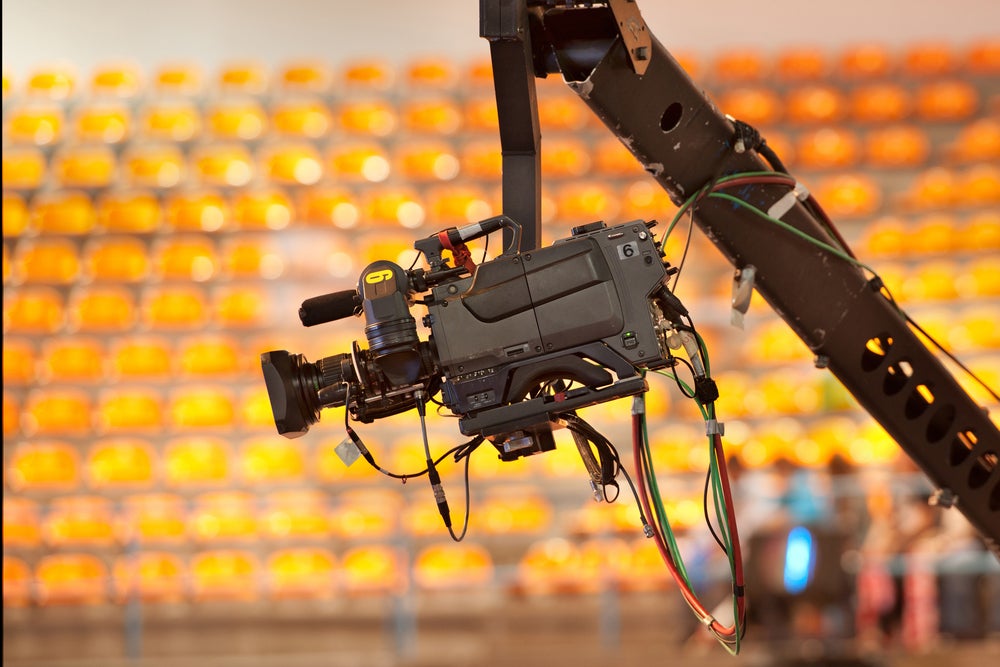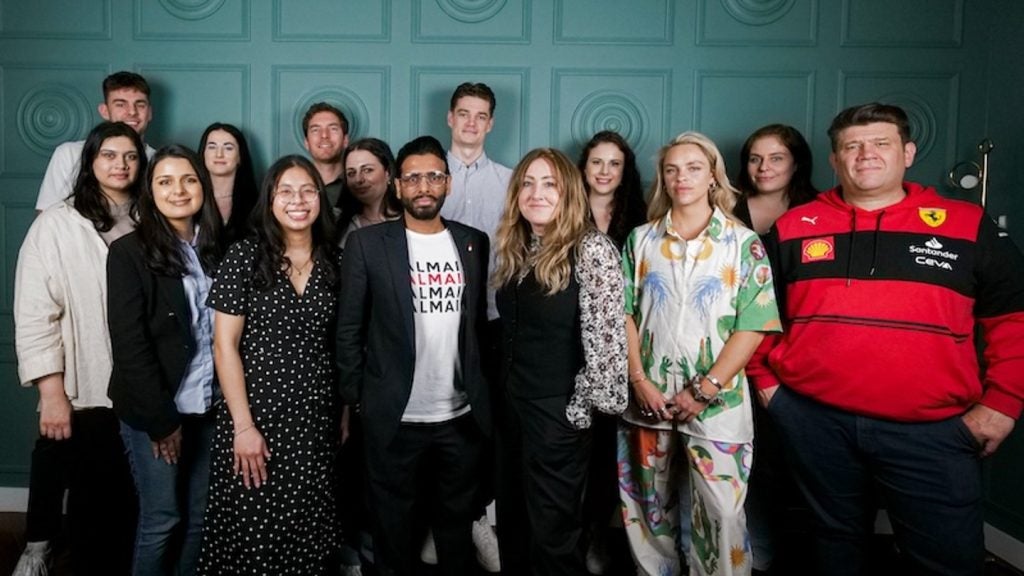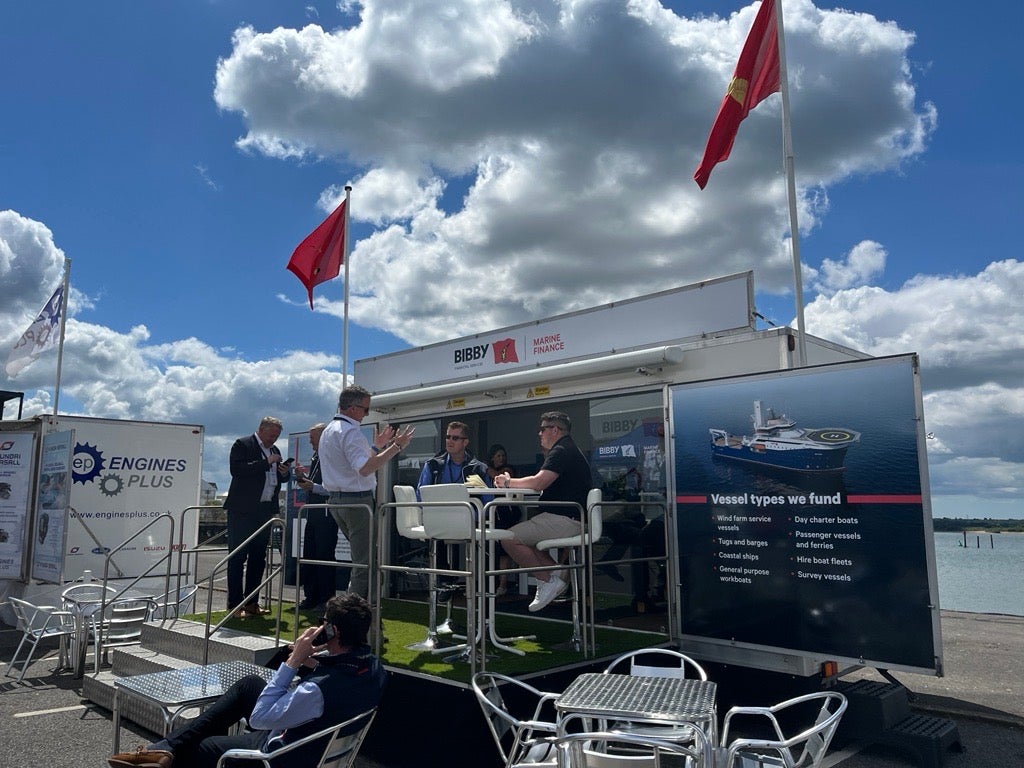
Leasing Life talks to Adrian Young, the CEO of Presteigne Broadcast Hire, about financing, what drives the sector, who its key players are and its emerging trends
Adrian Young, the chief executive of Presteigne Broadcast Hire, a UK provider of live event equipment hire and services, says leasing is standard across the whole sector with broadcasters typically operating their own equipment on hire-purchase agreements with their lenders while at the same time drawing on ‘dry hire’ equipment providers to make up shortfalls in equipment depending on short notice or seasonal demands from their contract work.
We offer our customers “a capital substitute” and “provide them with the means to match their shortfalls without having to deploy additional capital.”
Young, a former Barclays banker who headed up its media industry team before moving into outside broadcasting, says one of the fallouts from Arena’s collapse into administration is the “loss of confidence in the sector” that has “the potential to cause short-term difficulties” as lenders revaluate their exposures.
“We’re keen to show our lenders how we carry out our checks and balances, that we welcome asset inspections and that we only buy equipment through OEMs and not through resellers.”
Q: Who are the big players in the OB top tier in the UK?
How well do you really know your competitors?
Access the most comprehensive Company Profiles on the market, powered by GlobalData. Save hours of research. Gain competitive edge.

Thank you!
Your download email will arrive shortly
Not ready to buy yet? Download a free sample
We are confident about the unique quality of our Company Profiles. However, we want you to make the most beneficial decision for your business, so we offer a free sample that you can download by submitting the below form
By GlobalDataA: In the UK, the OB top tier comprises of NEP and EMG. EMG has a number of operating entities, formerly known as CTV and Telegenic and a number of specialist subsidiaries including BRF and ACS. The middle tier comprises of Cloudbass and Timeline, and then there is a lower-tier led by people like Televideo and others. The tier is really driven by the size of fleet that can be deployed to meet a large-scale contract need – Arena would have been somewhere between tier 1 and tier 2 – they had a fleet capable of tier 1 but contracts that positioned them more in tier 2.
Q: Is OB a growth market? What drives this demand?
A: Demand for sport and live events drives growth in the OB sector by volume, but prices remain under pressure and therefore net revenue growth is probably 5% across the industry (i.e. normalising for transfers between OB companies) – arguably Arena has been a significant factor in driving prices down as they were competing hard to win more work and were doing so, in effect, artificially boosted by the hidden debt revealed by the Administrator’s report.
Q: What has been the Covid experience for the OB industry?
A: Initially very tough with the first complete lockdown. Once more limited coverage was allowed then I suspect OB contracts became more profitable as a result of reduced camera coverage – this allowed OB companies to use a higher proportion of their own kit and people and their cross-hired-kit bill and freelancer costs fell, driving up utilisation and profitability. Since then, there has been a slow increase back to more normal coverage levels (measured by camera count) but some of the total improvement in profitability will have been offset by additional CapEx to facilitate remote production.
Q: As a capital-intensive sector, what role does asset financing of equipment play in OB?
A: Asset financing plays a critical role as OB assets have a long and useful operational life, with – typically – strong residual values, therefore they lend themselves to the asset finance sector. It is important that confidence amongst lenders is rebuilt after the Arena Television situation to avoid damaging the OB and the OB support sector. This confidence-rebuilding will likely involve more detailed asset verification and a closer look at bank statements.
Q: Which changes to technology/demand are having the biggest impact on the OB sector?
A: Covid-19 accelerated the emerging trend of remote production and with environmental factors and ongoing travel disruption, it is likely to be a significant factor going forward. Remote production is also reliant upon good connectivity from the venue to the central production site and this is not always available. Where it is, the technology is fast becoming robust to enable the remote production model to deliver real benefits both financial and green, but it does require investment in new facilities at a time when the existing ones are not yet end-of-life.
Arena Television’s absconded directors and lessors’ missing millions







